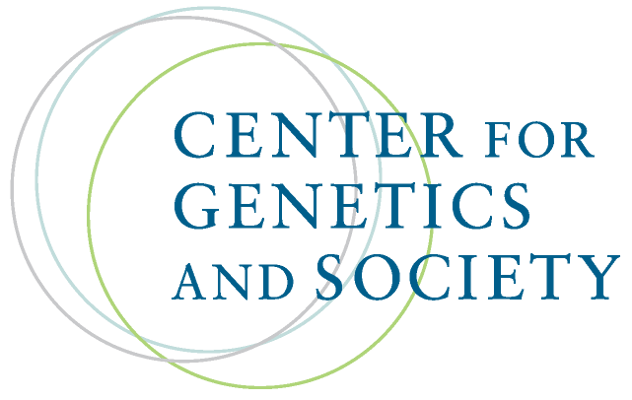First Genetically Edited Cows Arrive at UC Davis
By Edward Ortiz,
Sacramento Bee
| 12. 20. 2015
Untitled Document
The two calves that grace a muddy pen on the UC Davis campus will never grow horns typical of their breed. Instead, they’ll always sport soft hair on the parts of their heads where hard mounds normally emerge.
Named Spotigy and Buri, the calves were designed in a petri dish at a Minnesota-based genetics lab, with the goal of making them easier to pack into pens and trucks without the nuisance of their horns taking up valuable space. Their offspring may also lack horns, and generations of hornless cows could follow, potentially saving the dairy and cattle industry millions of dollars, said Alison Van Eenennaam, a geneticist at UC Davis’ College of Agriculture and Environmental Sciences who worked with the Minnesota lab Recombinetics.
This first-of-a-kind result of a process called genetic editing is a test run that’s expected to deeply impact the cattle and dairy industry and the entire food supply, Van Eenennaam said. It’s also part of a flurry of research looking at how to make cattle easier to maintain, transport and turned into food. The research...
Related Articles
By Liyan Qi and Jonathan Cheng, The Wall Street Journal | 03.26.2025
photo via Wikimedia Commons licensed under CC by 3.0
Chinese scientist He Jiankui set off global outrage and landed in prison after he skirted ethical guidelines and claimed he had produced genetically modified babies designed to resist HIV infection.
Now, the self-styled ...
By Anna Louie Sussman, The New York Times | 03.25.2025
On June 24, 2022, the same day the Supreme Court issued its decision in Dobbs v. Jackson Women’s Health Organization, I received a call from the fertility clinic where I’d been undergoing in vitro fertilization, informing me that seven of...
By Michael Gibney, PharmaVoice | 03.20.2025
The death this week of a teenager receiving Sarepta Therapeutics’ gene therapy Elevidys for Duchenne muscular dystrophy is a tragic reminder of the stakes involved in cutting-edge biotech innovation.
While gene therapies like Sarepta’s offer an opportunity to treat and...
By Staff, The Medicine Maker | 03.21.2025
"The Promise and Peril of CRISPR" cover by Johns Hopkins University Press
As a paediatrician taking care of children with sickle cell disease, Neal Baer, a Harvard Medical School graduate, was in awe of the power of CRISPR technologies. Later...



